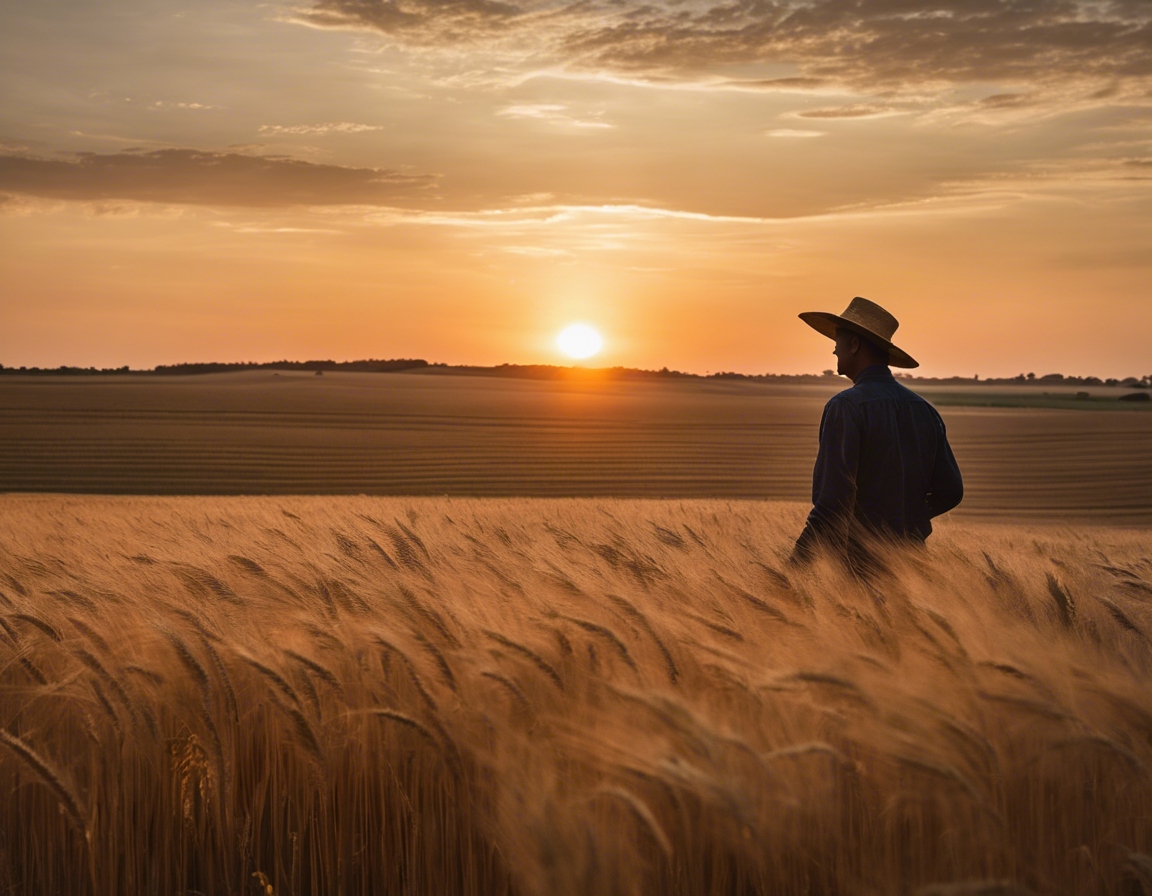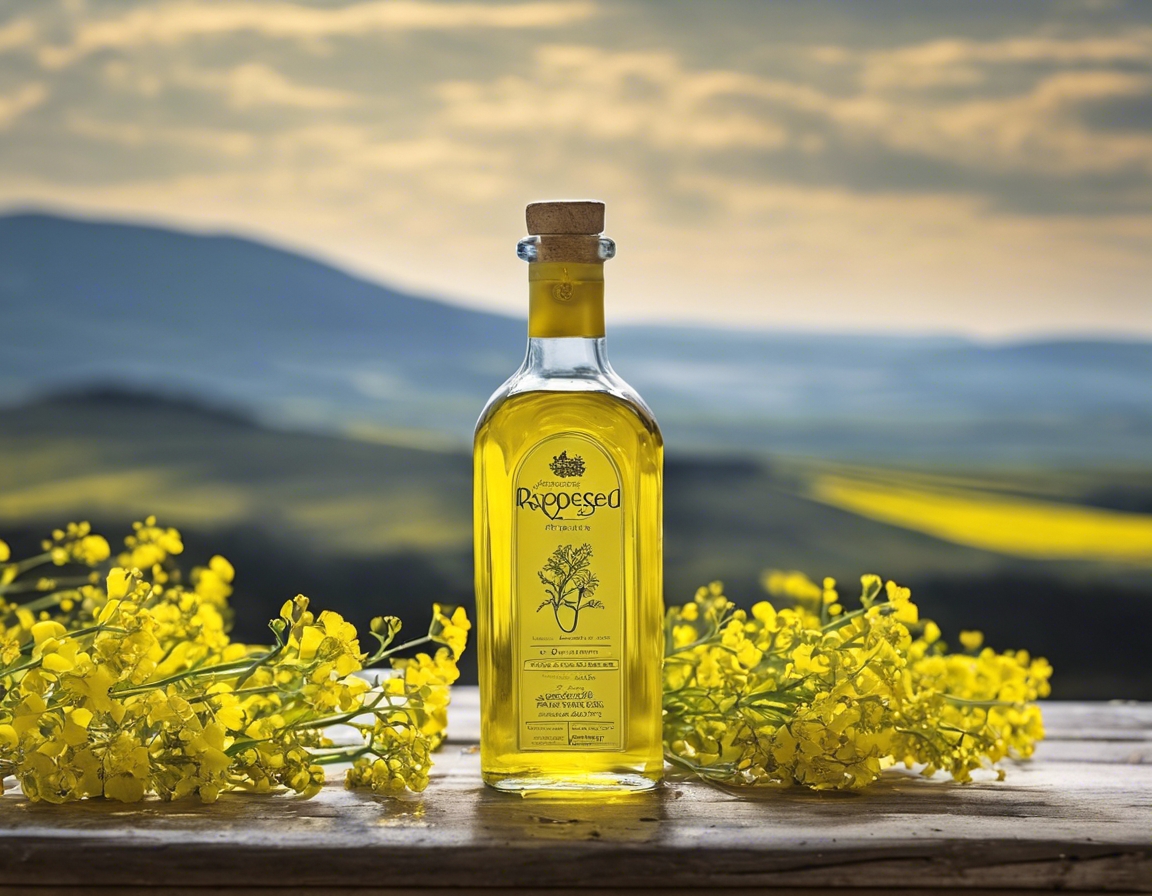The journey of a cereal grain: from farm to table
The humble cereal grain is a staple in diets around the world, yet the journey it takes from farm to table is a complex process that intertwines agriculture, technology, and sustainability. This post will explore the intricate path of cereal grains, highlighting the importance of ethical farming practices and sustainability in the journey of bringing nutritious grains to your family's table.
The Life Cycle of a Cereal Grain
The journey begins with the selection of quality seeds, which are planted in fertile soil. Germination is the first step in the life of a cereal grain, where the seed begins to sprout and grow, given the right conditions of soil, temperature, and moisture.
As the plant grows, it requires careful management of resources such as water and nutrients. Farmers must protect the growing grains from pests, diseases, and extreme weather conditions to ensure a bountiful harvest.
Once mature, the grains are harvested. This critical phase requires precise timing to ensure that the grains are at their peak nutritional value and are not lost to spoilage or adverse weather.
Post-Harvest Processing
After harvest, grains are cleaned to remove dirt and impurities. Drying is essential to prevent spoilage and prepare the grains for storage or further processing.
Proper storage is crucial to maintain the quality of the grains. This involves controlling the temperature and humidity to protect against pests and decay.
Milling is the process where grains are ground into flour or meal. Refining may also occur, where the grain is processed to remove the bran and germ, although this can reduce the nutritional content.
From the Mill to the Market
Packaging is designed to protect the grain's quality and extend its shelf life. It also provides important information to consumers about the product's origin, nutritional content, and cooking instructions.
The final step in the journey is distribution. Grains are transported to various outlets, including grocery stores, markets, and directly to businesses in the food industry.
The Role of Sustainability in Cereal Production
Organic farming practices are crucial for our target audience. These practices ensure that the grains are produced without synthetic pesticides or fertilizers, promoting a healthier ecosystem and a better product.
Conservation efforts in cereal production include water management, soil conservation, and reducing the carbon footprint of farming operations, aligning with the values of environmentally aware consumers.
Choosing the Right Cereal Grain for Your Table
Cereal grains are a rich source of vitamins, minerals, and fiber. Choosing whole grains can provide numerous health benefits, including reducing the risk of chronic diseases.
By choosing brands that prioritize sustainability and ethical practices, consumers can support the environment and ensure that farmers receive a fair wage for their labor.






Comments (0)